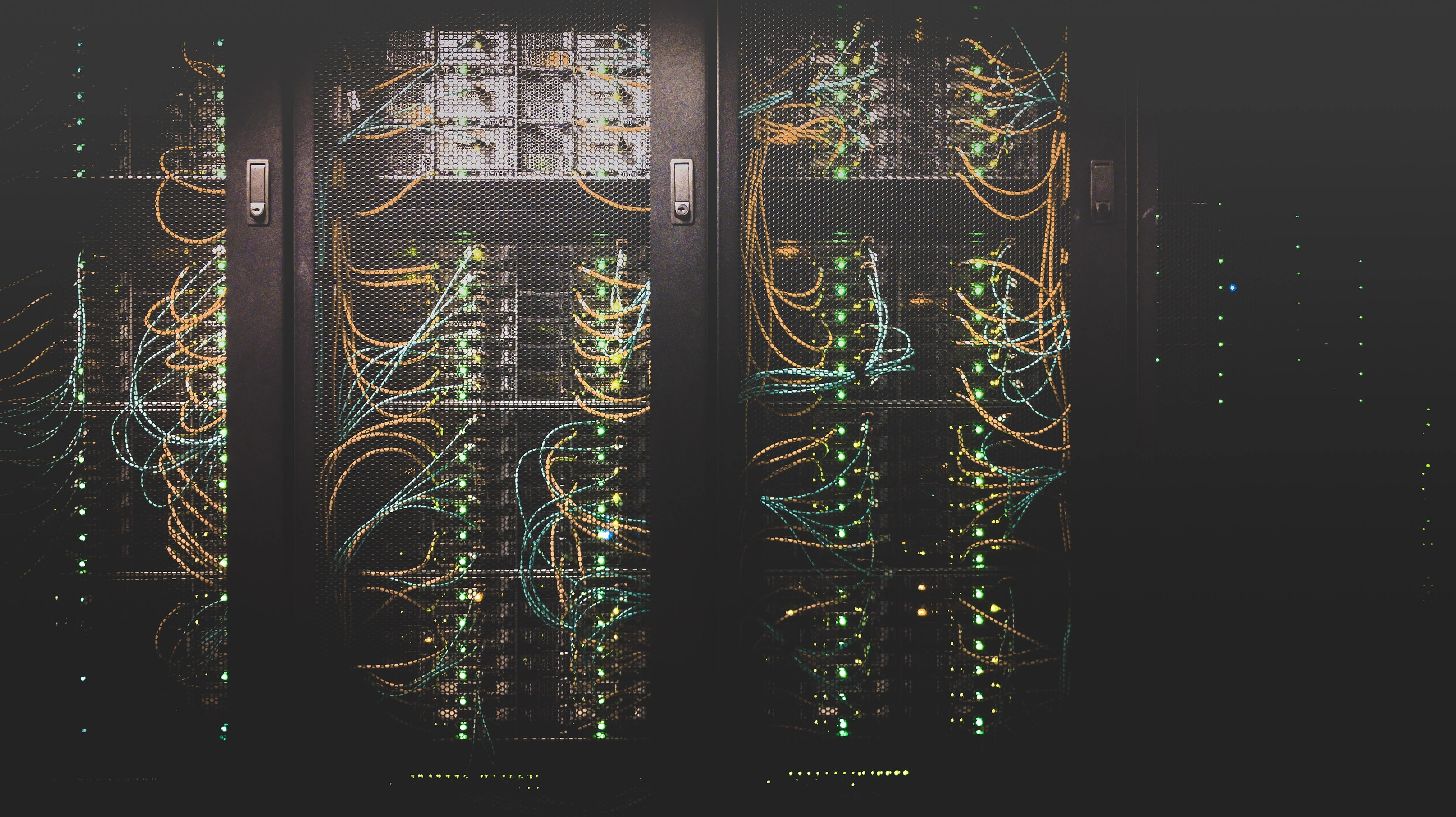
This website uses cookies
We use Cookies to ensure better performance, recognize your repeat visits and preferences, as well as to measure the effectiveness of campaigns and analyze traffic. For these reasons, we may share your site usage data with our analytics partners. Please, view our Cookie Policy to learn more about Cookies. By clicking «Allow all cookies», you consent to the use of ALL Cookies unless you disable them at any time.
In today's data-driven world, the ability to effectively collect, analyze, and leverage data has become a critical factor in the success of businesses and organizations across various industries. This article explores the dynamic landscape of big data and analytics, shedding light on how these technologies are transforming decision-making processes and driving innovation.
Understanding Big Data
Big data refers to vast and complex sets of data that traditional data processing tools and methods cannot handle efficiently. It encompasses various types of data, including structured, semi-structured, and unstructured data, such as text, images, and videos. The key characteristics of big data are often summarized as the three Vs: Volume (the sheer amount of data), Velocity (the speed at which data is generated and processed), and Variety (the diversity of data sources and formats).
The Role of Analytics
While big data provides the raw material, analytics is the process of examining and interpreting this data to uncover valuable insights, patterns, and trends. Analytics encompasses a wide range of techniques and technologies, including descriptive analytics (what happened), diagnostic analytics (why it happened), predictive analytics (what is likely to happen), and prescriptive analytics (how to make it happen). By applying these approaches, organizations can extract actionable knowledge from their data.
Applications Across Industries
1. Healthcare
In healthcare, big data and analytics are revolutionizing patient care and disease management. Electronic health records, wearable devices, and genomic data are being analyzed to personalize treatment plans, predict disease outbreaks, and improve overall healthcare delivery.

2. Retail
Retailers use data analytics to understand consumer behavior, optimize pricing strategies, and enhance the customer shopping experience. Recommendation engines and market basket analysis are common applications.
3. Finance
The financial industry relies heavily on data analytics for fraud detection, risk assessment, and algorithmic trading. Real-time analytics help monitor financial markets and make split-second trading decisions.
4. Manufacturing
Manufacturers leverage data to monitor equipment performance, predict maintenance needs, and optimize production processes. This reduces downtime and lowers operational costs.
5. Transportation
In the transportation sector, data analytics is used for route optimization, demand forecasting, and predictive maintenance of vehicles. This leads to more efficient logistics and improved customer service.
Challenges and Considerations
While big data and analytics offer immense potential, there are challenges to consider, including data privacy, security, and the need for skilled data professionals. Organizations must also ensure ethical data use and compliance with data regulations.
The Future of Data-Driven Decision-Making
As technology continues to advance, the role of big data and analytics in decision-making will only grow. Machine learning and artificial intelligence will further enhance predictive and prescriptive analytics, enabling more automated and data-driven decision processes.
In conclusion, big data and analytics are reshaping the way businesses and organizations operate. By harnessing the power of data, they can make more informed decisions, uncover new opportunities, and stay competitive in an increasingly data-centric world. As we move forward, understanding and embracing these technologies will be essential for success in virtually every industry.




